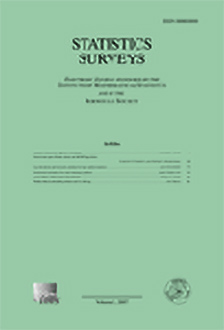Abstract
While household panel surveys are longitudinal in nature cross-sectional sampling weights are also of interest. The computation of cross-sectional weights is challenging because household compositions change over time. Sampling probabilities of household entrants after wave 1 are generally not known and assigning them zero weight is not satisfying. Two common approaches to cross-sectional weighting address this issue: (1) “shared weights” and (2) modeling or estimating unobserved sampling probabilities based on person-level characteristics. We survey how several well-known national household panels address cross-sectional weights for different groups of respondents (including immigrants and births) and in different situations (including household mergers and splits). When a new person moves into a household, both “shared weights” and “modeling” lead to reduced individual weights of pre-existing household members, but differences due to the approach arise elsewhere. The implementation of “shared weights” is problematic when the panel contains households without a household member already present in wave 1. Panels also differ in the treatment of immigrants, household merges, and sometimes on how weights are assigned to children born to wave 1 panel members.
Citation
Matthias Schonlau. Martin Kroh. Nicole Watson. "The implementation of cross-sectional weights in household panel surveys." Statist. Surv. 7 37 - 57, 2013. https://doi.org/10.1214/13-SS104
Information





